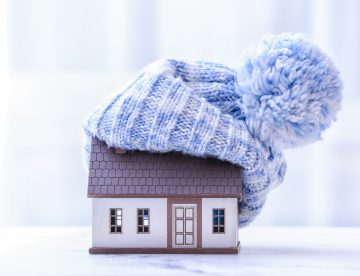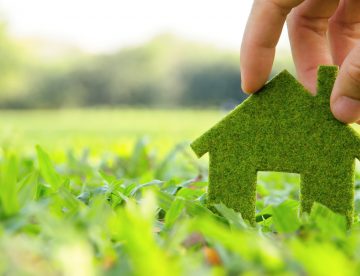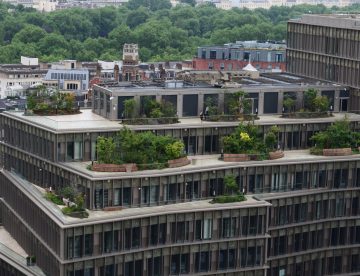
We’re living in a time when many of our roads, bridges and buildings are getting old and showing signs of wear. It’s like they’re all getting sick at the same time, making it impossible for inspectors to keep up with the job of checking out every crack, creak or crumble. This is a big problem, because if problems are not caught early, they can deteriorate and even lead to dangerous failures.
Here’s where some clever minds at Drexel University in the US come in. Read this week’s blog to find out more about how they’ve developed a system that uses robots and artificial intelligence (AI) to help with the inspections.

Over the past few months, we’ve witnessed a race in the launch of Artificial Intelligence (AI) technology that has been trained to interact with humans in a conversational way.
Natural language models like Open AI’s ChatGPT and Google’s Bard can produce pieces of creative writing, translate copy, summarise lengthy texts, access vast amounts of data to answer queries and have a human-like conversation. Whilst experimenting with these technologies can be both useful and fun, this has got us wondering whether AI might soon be taking on other creative work such as designing a building (or perhaps it is already)? Take a look at what we found out in this week’s blog.

When the use of flat-roofing in construction hit its first wave of popularity (roughly from the 1950’s to 1970s), most of the properties that were built during that time offered little or no insulation. This approach, known as ‘cold roof’ construction, is now only rarely used as modern day property developments are far more likely to use ‘warm roofing’ methods which help to ensure rooms in the building are warmer in the winter and cooler in the summer, thereby reducing energy usage, bills and environmental impact.
In this week’s blog, we’re putting the spotlight on roofing insulation, its benefits and what’s changed between the older and newer generation systems.

A year has now passed since the UK went into its first lockdown and, as well as this being such a tragic time for so many people, it’s also been a period when the government has poured an unprecedented £340bn into schemes intended to support companies and individuals through the crisis. Amidst all that COVID-related spending, it can be easy to forget that the country has several other priorities – not least of which is the urgency around climate change. Kicking off what is being dubbed the ‘green industrial revolution’, the government recently unveiled a £1bn funding pot for projects across England that will help to cut emissions from public buildings, schools and hospitals.

Did you know that the average person in the UK spends 22 hours of each day indoors? That’s 90% of their day! While our on-site construction teams may be the exception to this, for office staff, the indoor life can have an enormous impact on productivity, health, wellbeing and overall happiness. What’s to be done?…

In the UK, buildings account for around 40% of energy consumption and offices are especially known as enormous energy guzzlers. So, if there was a way for offices and other buildings like classrooms, for instance, to become energy-positive (generating more energy than they consume), this could be a game-changer for the built environment. Such innovation…
